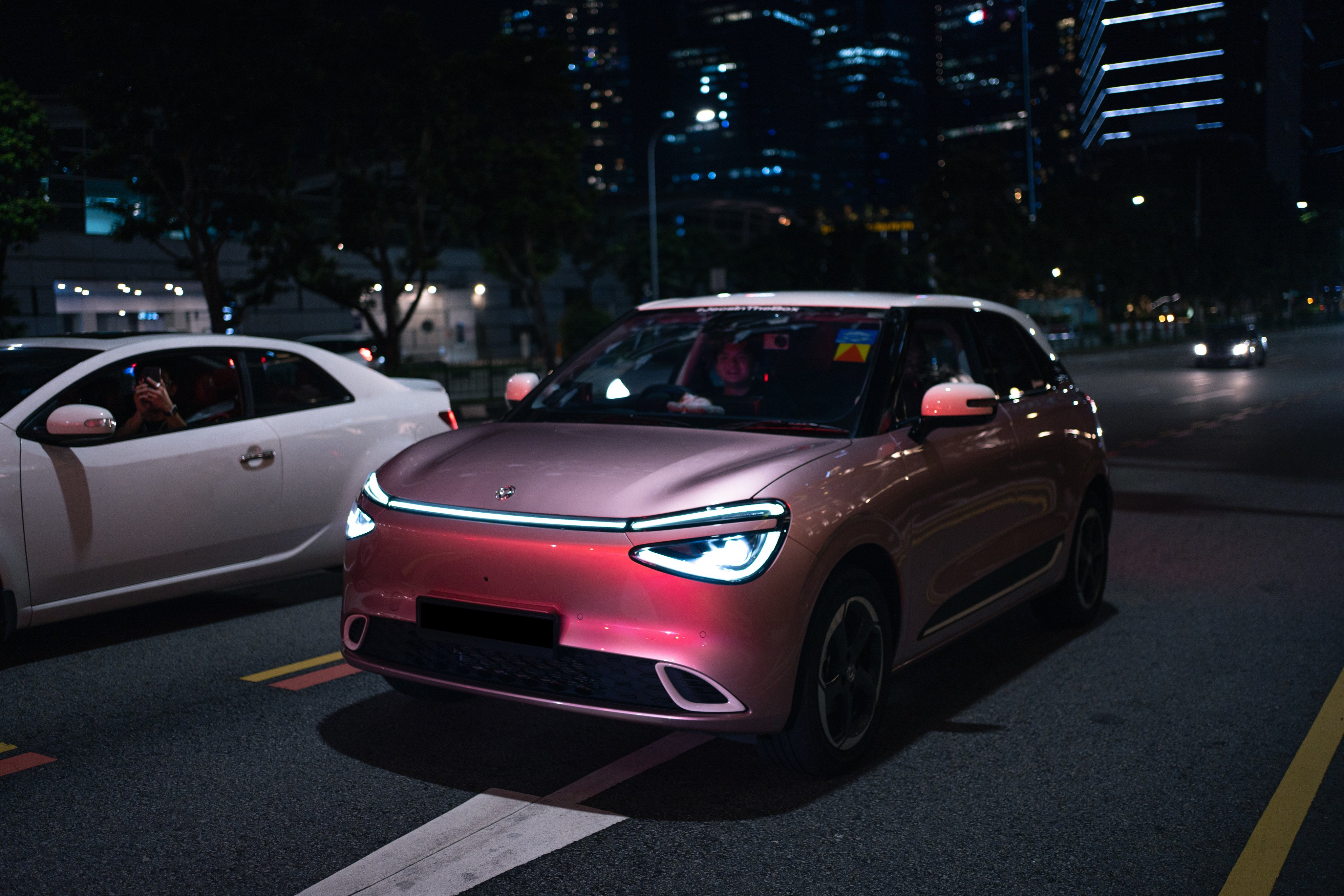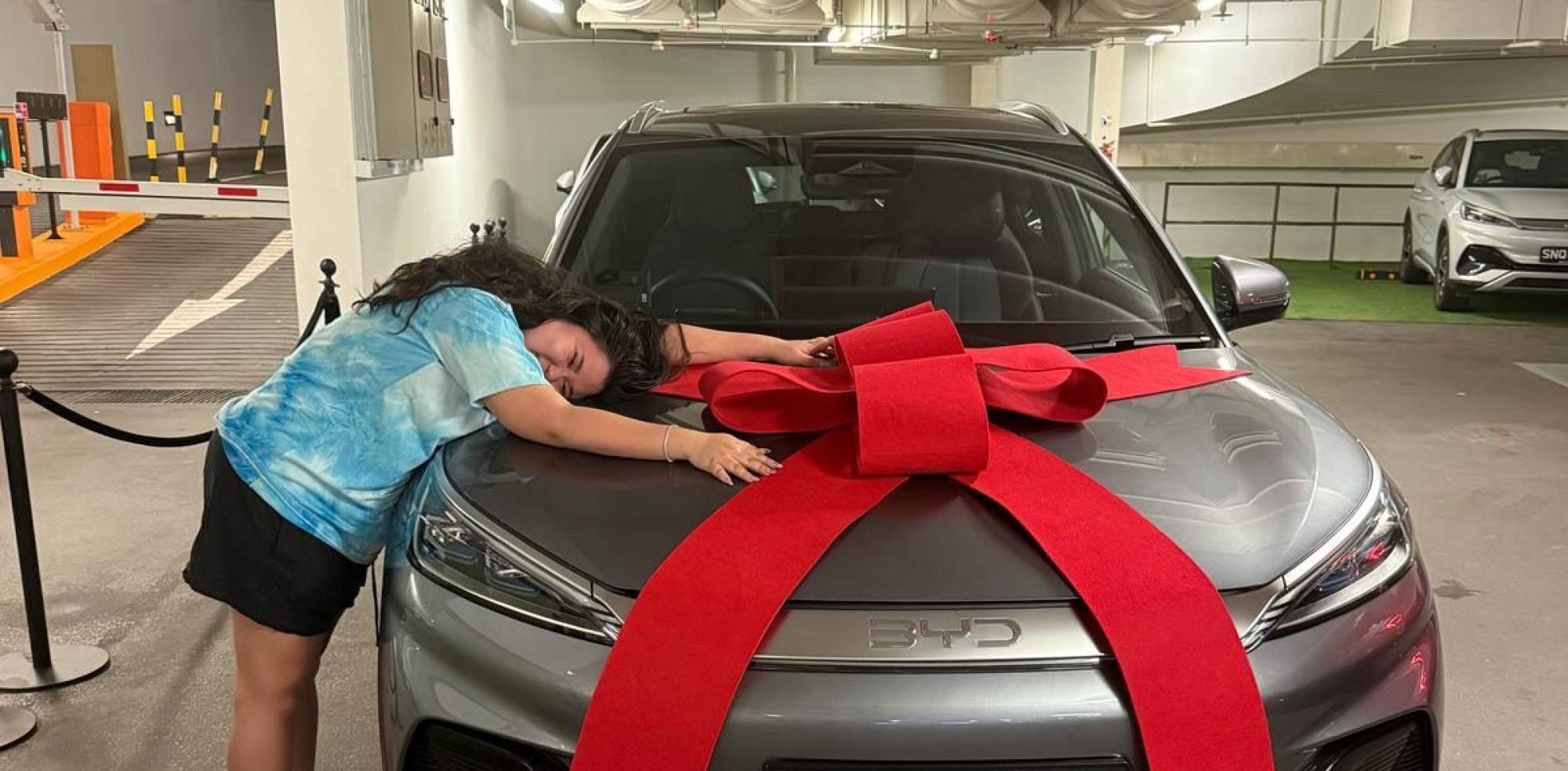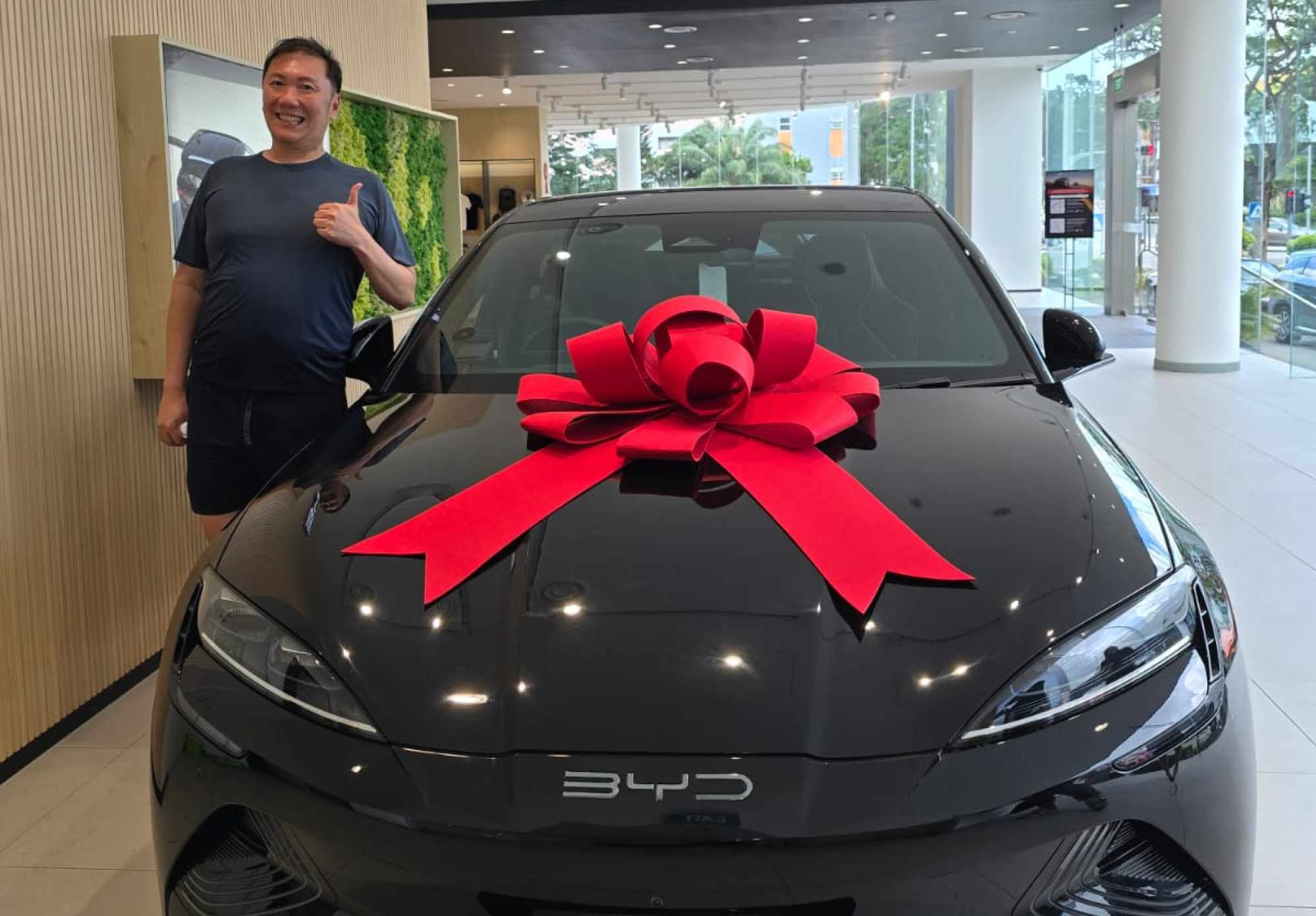Chinese EVs are making inroads in Singapore, and here’s why
Chinese EVs are gaining popularity in Singapore due to competitive pricing, advanced features and government incentives

Singaporean financial adviser Winnie Koh faced a dilemma when selecting her family’s next car – she appreciated the value for money offered by Chinese electric vehicle (EV) brands, but still had lingering concerns about their quality.
But the 30-year-old said her experience driving a Tesla in the US raised doubts about the brand’s battery life and durability, leading her to consider Chinese rival BYD, which was offering incentives such as a 20 per cent discount on charging for three years and support for Singapore’s notoriously expensive Certificate of entitlement (COE).
“It is Chinese technology, but that’s never really been the problem; the technology out of China has always been good,” she told This Week in Asia, adding that her main concern was whether the manufacturers were cutting corners during production.
Koh eventually settled on a BYD in January for S$164,888 (US$127,000), and said she has been pleasantly surprised by its performance and features, including keyless start, a 360-degree camera system and assisted driving.
Her decision is emblematic of a broader trend on Singapore’s roads, where Chinese electric cars are quickly gaining traction and, often surpassing traditional competitors from Japan, Europe, and the US.

According to official data released on Monday, BYD emerged as the bestselling car brand in Singapore for the first half of 2025, with 4,661 new registrations, more than triple closest EV rivals Tesla’s 1,419 and far ahead of BMW’s 725.
The latest figures indicate that Chinese EV brands made up 31 per cent of new car registrations in the first half of this year, up from 22 per cent in 2024, 8 per cent in 2023, and 4 pe rcent in 2022.
According to Alberto Salvo, associate professor and dean’s chair of Economics at the National University of Singapore, the influx of Chinese EVs was a “remarkable story” reflecting a mix of aggressive pricing, smart design and timely alignment with government policy.
Salvo, who is leading a study on EV adoption in Singapore, added that high public trust in the government’s pledge to decarbonise road transport has also played a role in the switch to electric cars.
“Thus, when a car buyer looks for an EV, high-quality competitively priced Chinese brands are there for the taking,” he said, noting that Japanese, European and American manufacturers are racing to catch up on lost ground.
Among the Chinese brands gaining ground are BYD, Dongfeng, Xpeng and GAC – all of which are leveraging China’s vast economies of scale and home market dominance to offer globally competitive exports.
Singapore’s COE system – which requires buyers to bid for a 10-year right to own a car – adds another layer of cost. Currently, the COE for smaller cars or EVs with a power rating of up to 110kW is S$101,102, meaning rebates and lower sticker prices have a significant impact on affordability.
Government incentives have also played a key role. Under the city state’s Green Plan 2030, all new car registrations must be cleaner-energy models by that year – including electric, hybrid or hydrogen-powered vehicles. EV buyers currently qualify for rebates of up to S$40,000.
Unhandled type: inline-plus-widget {“type”:”inline-plus-widget”}
Walter Theseira, an associate professor of economics at the Singapore University of Social Sciences, said it was a “confluence of policy initiatives that have favoured EVs and Chinese EVs happened to enter as the right cars, at the right time and the right price.”
He noted that the total tax break in 2021 was up to S$45,000 and was reduced to S$40,000 last year. These amounts are substantial, given that the maximum tax break for non-EVs based on emissions is S$25,000.
Import taxes for Chinese EVs are lower because they are priced lower, both domestically in China and globally, which justifies a lower export value as the basis for the import tax.
He argued that it would be very challenging for other brands to disrupt the growing market share of Chinese EVs in Singapore since it is difficult for non-EV companies to compete dollar for dollar with Chinese brands, which consistently deliver newer and cost-competitive cars.
“This is why other governments accuse China of selling cars below cost price and have considered additional regulations to restrict imports,” he said. “But since Singapore has no home-grown car industry, the Chinese cars won’t have that problem here.”
The US had earlier imposed 100 per cent tariffs on Chinese EVs, while the EU imposed 45.3 per cent tariffs last October to counter what it perceives as an unfair advantage for Chinese manufacturers due to substantial state subsidies and lower production costs.
In the first half of this year, 9.1 million EVs were sold globally, a 28 per cent increase from the previous year. China led the sales with 5.5 million units, followed by Europe with 2 million and North America with 900,000, according to a report released last month by the London-based market research firm Rho Motion.
Business undergraduate Justin Tan, 23, and his father share a Dongfeng Box, which they bought in February owing to its safety features and price point. Dongfeng launched in Singapore last September and retails at about S$150,000.

Tan said his father uses the car as a private hire vehicle. The Box’s full charge allows for a range of 430 km, which is sufficient for a day’s work.
“We chose Dongfeng because it offered a combination of budget friendliness, as well as a crazy amount of tech like auto parking. Since I am a new driver who just got my licence earlier this year, we thought the box was good for new drivers due to the amount of safety features,” he said.
“By [the time we bought the car], Chinese cars were all over the roads in Singapore, and we thought there was no harm in trying one,” he said. “Chinese cars have really improved in quality drastically over the past decade.”
Singaporean property agent Tan Kok Hwee said he was convinced of the quality of Chinese EVs during his travels to China and bought a BYD Seal in February for $170,000, partially due to the manufacturer’s long-term status as a market leader.

Tan, 50, noted that the minimalistic and futuristic interior of the Tesla Model 3 made him feel uncomfortable during his test drive. He felt there was not much between him and the road, and the car would have cost an additional S$7,000 to S$8,000. Meanwhile, the BMW iX1 would have cost an extra S$90,000.
Recalling his experience testing the BYD Seal, he said: “I can feel that the whole car surrounds me. It feels very safe and very premium, including the finishings because the side and doors are all velvety, it’s not cheap plastic.”
“In the past, it used to be that if it was made in China, it would have to be terrible,” Tan said. “But I think China has moved [forward]. They are producing quality products that even the US and Europe are very wary of now.”